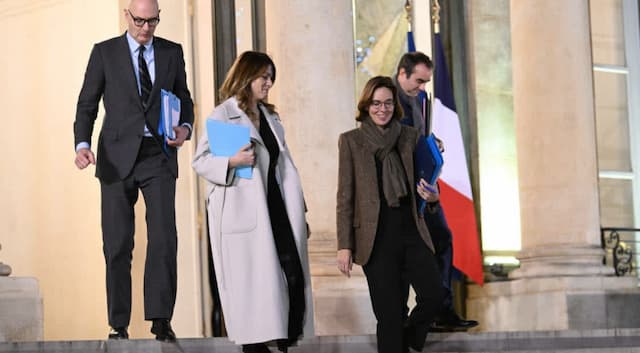The Graph (GRT) Migrates from Ethereum to the new layer 2 Arbitrum

The Graph becomes one of the largest Ethereum applications to move to a Tier 2 layer.
Ethereum is one of the most widely used blockchains in the world when it comes to supporting decentralised applications. However, its use usually involves paying high fees with relatively slow processing speed.
It is due to these many drawbacks that scaling solutions like Arbitrum have emerged. This layer 2 blockchain based on the Ethereum network offers better conditions to its users and consequently attracts more and more decentralised applications like The Graph.
The Graph in a nutshell
The Graph is a decentralised protocol that facilitates the indexing, consultation and analysis of data present on a blockchain. On Wednesday, June 14, company officials announced the start of the final phase of its migration from Ethereum to the layer 2 scaling solution Arbitrum.
The Graph has seen massive growth for subgraphs using L2 for unbeatable uptime & unbreakable data.
Using @arbitrum enables dapps to get data faster & at a fraction of the cost, equating to ~25x lower cost for every transaction when publishing, curating & upgrading subgraphs. pic.twitter.com/vSAko7l0uB
— The Graph (@graphprotocol) June 14, 2023
The news is attracting a lot of attention because while it is true that Ethereum has already lost users to other Tier 2 layers, these were only small to medium-scale projects. With this confirmation announcement, The Graph becomes one of the largest Ethereum applications to move to a Tier 2 layer.
The Graph protocol aims to allow developers to view and identify data from nearly 40 blockchain networks.
According to the developers of the protocol, Edge & Node, this migration will reduce the barriers to entry for participants in The Graph, without compromising its security.
While it launched initially on the Ethereum network, its move to the Arbitrum Layer 2 platform would be an effort made to reduce gas costs and increase transaction speeds, according to Edge & Node CEO Tegan Kline.
What is the impact of this migration on the Arbitrum network and The Graph?
The way Arbitrum works is quite similar to other Ethereum layer 2 networks. It is a separate blockchain that runs alongside Ethereum.
However, the platform acts as an intermediary, as it analyzes and then aggregates large groups of transactions and then transmits them to Ethereum for the mainnet to settle each of them in one go. This helps reduce fees for users without losing all of Ethereum’s security guarantees.
The migration operation of The Graph protocol involves the transfer of its “settlement layer” from one network to another. So, instead of registering and settling its activities directly on the Ethereum network, The Graph will now settle all its transactions on Arbitrum.
Another big step forward was when the Subgraph Studio integrated Banxa as a fiat on-ramp for non-US users, bringing the billing experience much closer to parity to SaaS for projects that still have a leg in the legacy bank account/ credit card world:https://t.co/8mbaUlm5By
— Brandon Ramirez (@RezBrandon) June 8, 2023
For the CEO of Edge & Node, this transfer to Arbitrum will make costs less important for users of the protocol. He believes that such action will encourage more indexers to appear on the network and more delegators because the barrier to entry is lower and the cost is not so high anymore.

Following the announcement of the migration between the networks, the GRT and the ARB, the native tokens of The Graph and Arbitrum have not seen any particular rise in the last 24 hours.
Enjoyed this? Get the week’s top France stories
One email every Sunday. Unsubscribe anytime.


